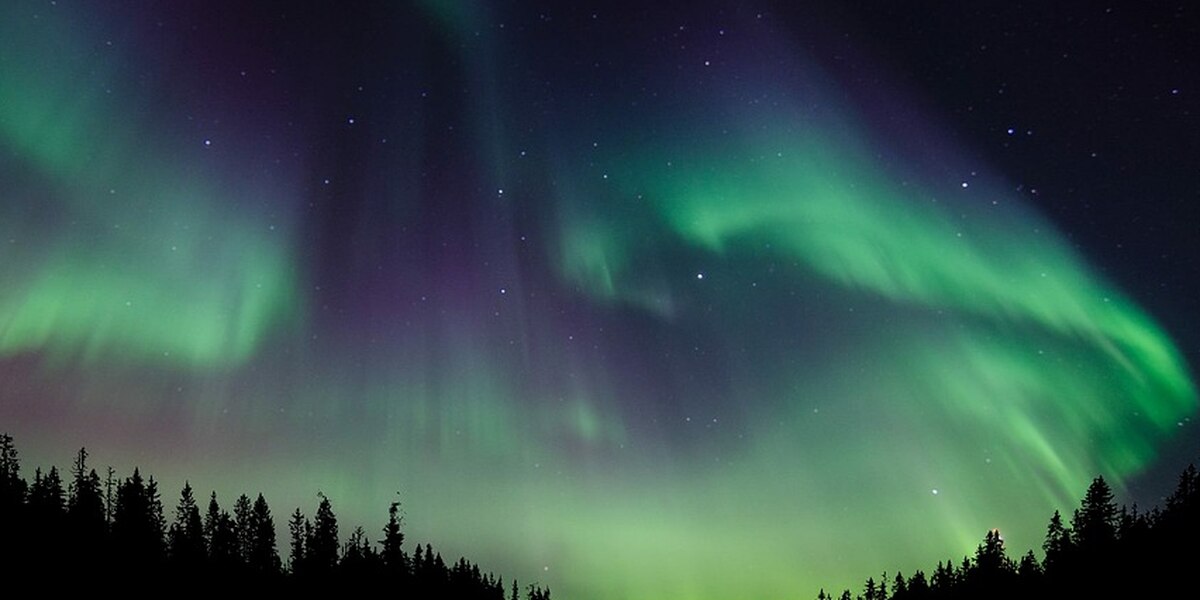This week, Brits will be able to witness the uncommon beauty of the Northern Lights in our skies.
The lights, which are most usually seen in the Arctic Circle, will be best visible further north. Peak circumstances occur when the sky is black and clear, and there is no light pollution.
The Aurora Borealis is created by solar activity and is caused by collisions between charged particles in the solar wind and molecules in the Earth’s upper atmosphere.
Depending on which gas molecule is struck, a distinct hue is created – oxygen emits green or red light, whereas nitrogen emits blue and purple light. The lights range in altitude from 50 to 400 miles.
A spokesperson from the Met Office said: “Increased solar activity means that the Northern Lights can be seen further south.
“It is more unusual to see them in England but is possible during these more intense periods.”
But one thing that may get in the way of viewing the Northern Lights is cloud and rain, which is forecast.
The Met Office spokesperson added: “Had the period of activity been last week there would have been a better chance.
“The Northern Lights are most active during the Equinox and Solstice in March/April and September/October due to the Earth orientation to the Sun, meaning more flares are picked up.”
The Northern Lights will be visible tonight (September 19), but will be most visible on September 20 and 21, reaching as far south as Cumbria and Northern Ireland.
The solar storm that will create the event this week exited the sun on Saturday (16 September), and its particles were drawn into Earth’s magnetic field and guided to the poles, where they release light.
The Northern Lights are formally known as the Aurora Borealis in the northern hemisphere, and the Aurora Australis in the southern hemisphere.

